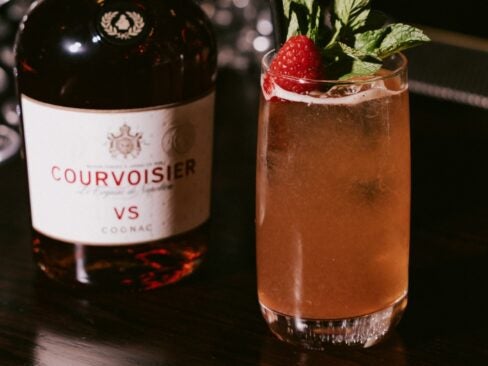Re-corking strikes fear into many wine collectors’ hearts. Steph Dutton, one of Penfolds’ esteemed winemakers, dispels the myths and explains why it could even increase your investment.
Collectors often joke upon entering a Penfolds Re-corking Wine Clinic that they feel they’re part of a TV show: on an emotional roller coaster, filled with anticipation to see how their wine is aging. The concept is unique in execution, even if the method isn’t exclusive (Bordeaux first growths and others have offered this service at their wineries for years). But no other winery in the world provides this level of one-on-one service, as we crisscross the globe to assess our clients’ Penfolds bottles — a complimentary feature, making it the ultimate in after-sales service.

Each year, the ‘roadshow’ invites collectors to meet with us to assess Penfolds wines that are 15 years or older. It starts as a counseling session with a visual assessment, which determines if a taste assessment is required. The Penfolds winemaking team consists of re-corking experts, some with decades of service at Penfolds, some who’ve been with the brand well before these clinics began in 1991 (more than 150,000 re-corked bottles ago). They know what to ask: Where has your wine been cellared? At what temperature? How did you acquire the bottle? And these questions will often prompt many more.
A wine assessment starts with the ullage (the fill height in the neck of the bottle); over time, evaporation causes the level of liquid to drop. The rate of this drop is often influenced by cellaring conditions (temperature, humidity, etc). If the fill height is still well in the neck of the bottle, our best advice is often to leave the bottle unopened. No further assessment is required, and our parting advice would be to continually monitor the fill height and revisit us in the future should it decrease. Our thinking: Why have surgery if you don’t require it? This is the basis of our first rule. The re-corking can only happen once in a bottle’s lifetime, so use the opportunity wisely.
If a bottle’s fill height has dropped into or close to the shoulder of the bottle, we recommend opening it for a taste assessment. This is the time to use your opportunity to re-cork. There’s a need to keep the contents safe from oxidation, and keeping the fill height in the neck is the best way to ensure good health and a long life for your wine.
To open a wine and keep the contents safe, we use a protective gas to shield the wine from oxygen. This is dosed by the winemaker immediately after the cork is pulled. A small sample, less than 50ml, is poured to allow sensory assessment using sight, smell and taste. This determines the wine’s fate. If the contents are representative of both expected style and quality standards, the bottle qualifies for re-corking and certification. If it does not pass this test, the wine is sent home with the collector, and our advice is usually to consume it as soon as possible because the wine no longer has secondary market value. They do still carry their sentimental value, which is sometimes worth so much more to the collector.
For wines that are tasted and are approved for re-corking, current-vintage wine of the same type is used to fill the ullage and replace the assessment sample — it is an adrenaline shot that restores energy and protects its future. A new high-grade cork reseals the bottles and a capsule is applied. The added current-vintage wine integrates quickly and equates to less than five percent by volume, so the taste and sensory properties of the wine are maintained. By signing off only on bottles of exemplary condition, we ensure the Penfolds ‘gene pool,’ and secondary market offerings are as they should be.
The re-corking process has its risks, but the reward can be sweet. Once successfully assessed, these wines can fetch staggering prices: Market value is at least restored, but in most cases, it will now attract a premium. Recently, a single bottle of 1951 Penfolds Grange sold for over $57,700.
While not the primary purpose of the clinic, I love that these consultations provide collectors time to think about the future of their bottles and encourage discussion around consumption, investment, gifting or bequeathing. Clinics can prompt thought around short-term decisions and long-term fates, and they have the power to rewrite Penfolds’ history books.
Collectors sometimes present bottles with one-off labels that force us to ask our predecessors about these trial wines that were never commercially sold. The process captures gems and stories that may otherwise never have been told. These Penfolds re-corking clinics have been so compelling that National Geographic documented our collectors’ journeys, capturing their stories of hope, personal memories and quirky tales as we moved around the globe.










